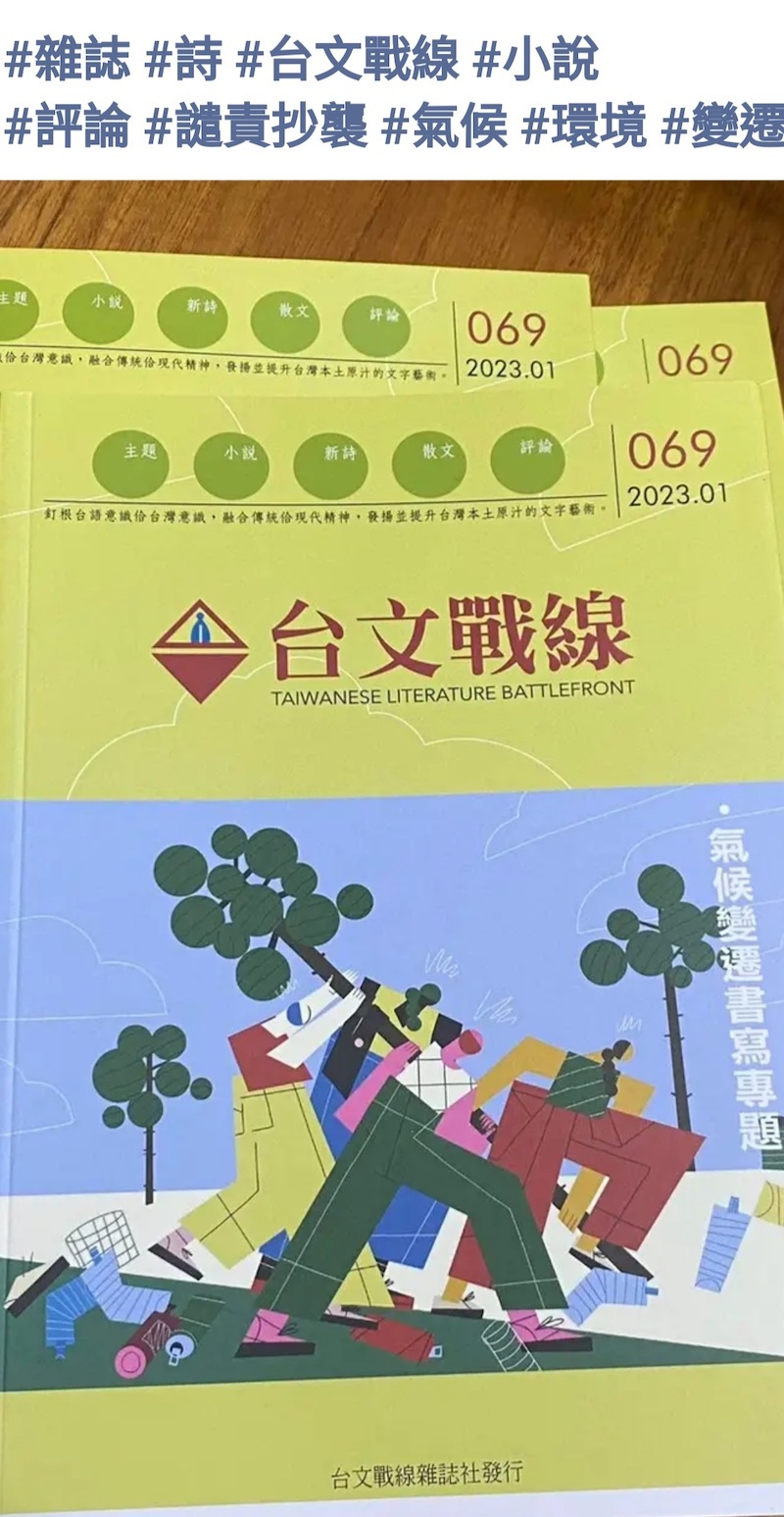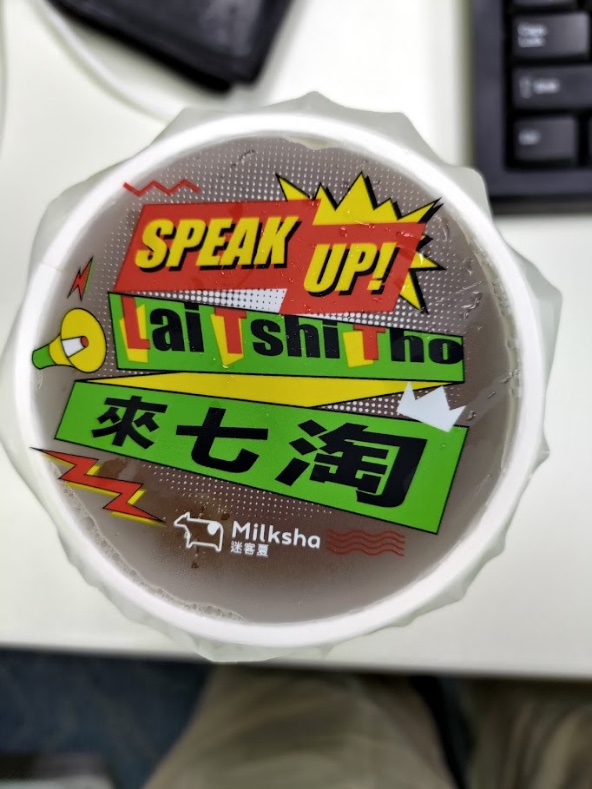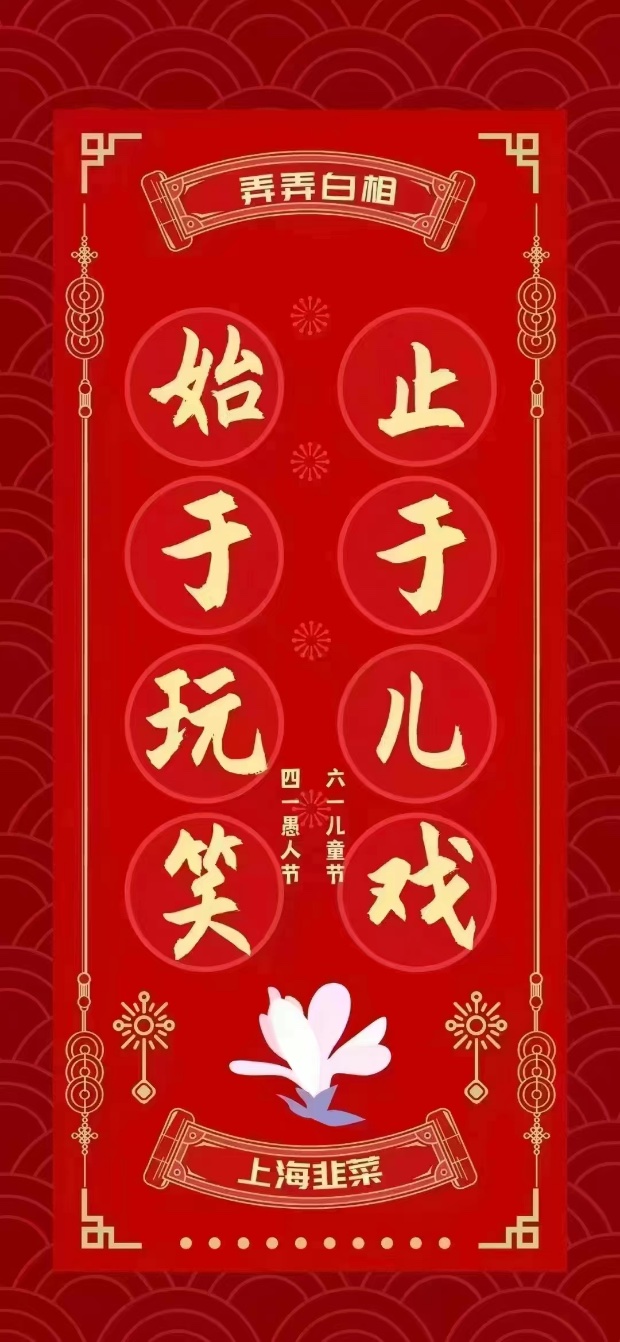Iteration marks and repeaters in ancient Chinese texts
Let us begin this post with a brief introduction to the 16th-century Hokkien (Minnan) drama, Tale of the Lychee Mirror:
The Tale of the Lychee Mirror (traditional Chinese: 荔鏡記; simplified Chinese: 荔镜记; pinyin: Lì jìng jì; Pe̍h-ōe-jī: Nāi-kèng-kì, Lē-kèng-kì) is a play written by an unknown author in the Ming dynasty. Tân Saⁿ and Gō͘-niû (traditional Chinese: 陳三五娘; simplified Chinese: 陈三五娘; pinyin: Chén Sān Wǔniáng; Pe̍h-ōe-jī: Tân-saⁿ-Gō͘-niû) is a popular Taiwanese opera based on the script.
(source)
Read the rest of this entry »



